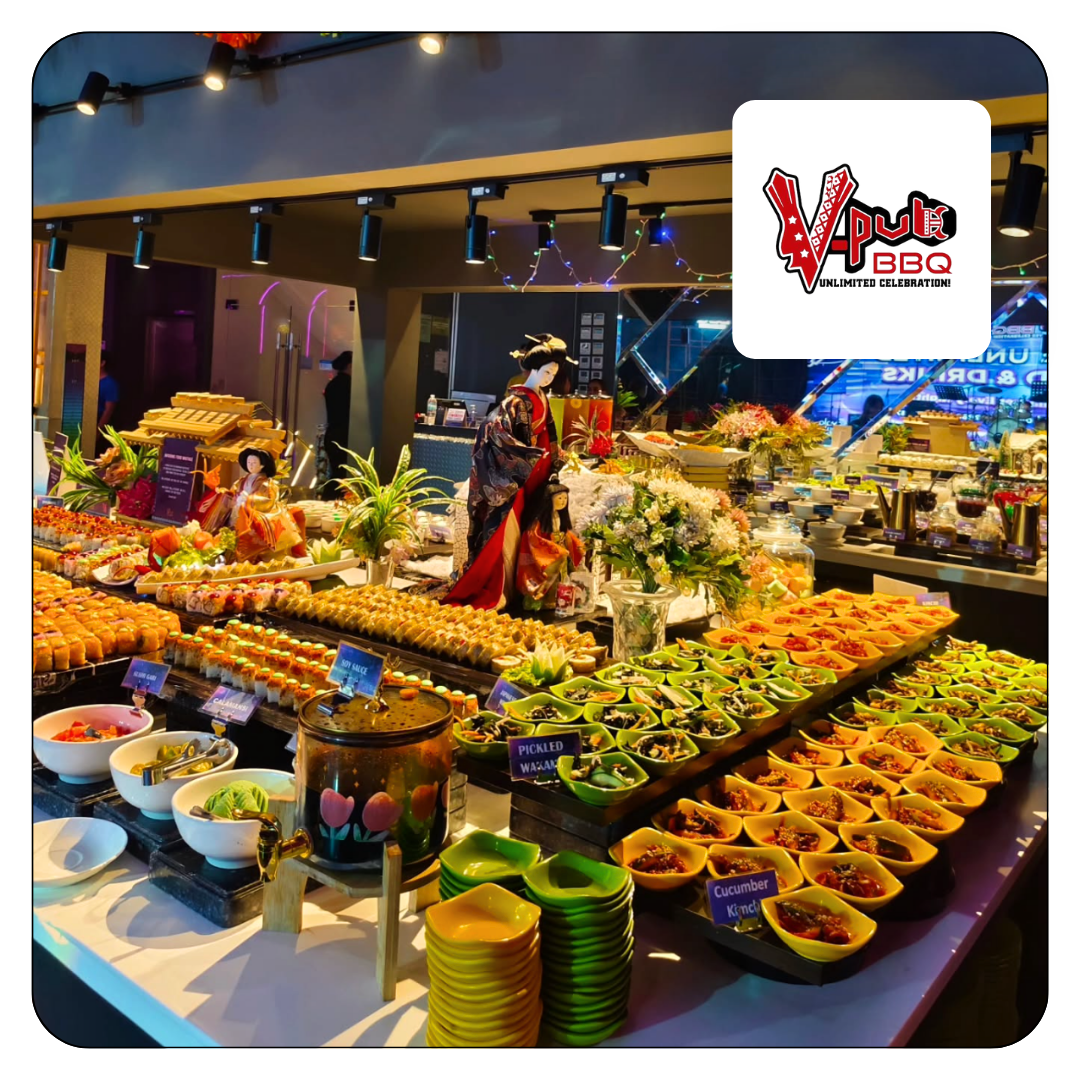Photo by Marcus Herzberg
This year, we have seen our country open up, and life now is somehow similar to how it was pre-pandemic. Employees have returned to the office, we can physically meet up with friends, and social gatherings are now even allowed at restaurants and bars! Yes, it’s the return to normalcy many of us have been craving for. Some things, however, are forever changed – practices we’ve adopted over lockdowns that we can never truly un-learn – and most of it is related to embracing digital.
So while we’re sure that we’ll be seeing a ton of dine-in promos and restaurants booked through the roof this upcoming Father’s Day, there’s bound to be a huge chunk of customers integrating their newfound digital transformation into their celebrations. Many will undoubtedly be pre-ordering dishes online regardless if they’ll be dining in or having food delivered. Some will be more lowkey and skip physical meet-ups altogether, sending gifts and food via apps. And, speaking of apps, there will also be those on the lookout for promo codes, prioritizing restos with the best discount deals.
The question now is: is your F&B business ready for a Father’s Day under this new hybrid reality?
Winning under the new hybrid reality
In a previous article, we highlighted how the rule of thumb for F&B businesses to win under our new circumstances is to create fulfilling experiences online and on-ground. Ideally, these experiences connect, forming an ecosystem. How do you bring loyal online customers to your store and vice-versa?
Given these learnings, such considerations should be applied when you’re gearing up for a celebration where there will be an influx of orders and reservations. Don’t sleep on an opportunity with lazy promos unable to capitalize on a special occasion or via operations ill-optimized to your’s and customers’ situations. Below are tips on how your E-store can prepare for Father’s Day 2022.
Think outside of the box in creating promos
We made it a point to emphasize how “lazy” promos are equivalent to sleeping on opportunities. So what do we mean by creative promos that take advantage of the situation?
The key to creating a good promo is considering our change in online behavior and how it affects our consumption, whether in-store or at home.
So we’re not saying to stave off the standard discount offered during special occasions; instead, think of how you can build on this practice in a way that both customers will appreciate and differentiate your business.
For example, a service like Zap E-store allows you to easily see which customers keep coming back to you. So, using this service, why not create a unique in-store Father’s Day discount for customers that had deliveries this month of June? Inversely, maybe a patron who dined in your store could avail of a “Father’s Month” promo code or other discounts exclusively for delivery. This way, the treats don’t just end after one visit. Plus, you also encourage them to explore your service across channels. (Extra points if they discover how good your customer service is in all of them).
Explore the beauty of bundles
Over the pandemic, many F&B businesses prepared take-home kits and frozen trays for their best-selling dishes, so patrons could experience these products from the comforts of their homes. Now, just because your business allows dine-in, it doesn’t mean these dishes have to be offered in-store. Many families will still celebrate from their homes this year regardless of their reasons. What’s important is that you are ready to accommodate them if they come your way.
Come up with Father’s Day take-home kits and frozen trays and offer discounts – attractive enough to encourage patrons to consider celebrating at home, just to avail of your promo. Or, why not mix it up and come up with unique bundles that have dine-in and take-out components? The beauty of bundles is that you can be creative in their curation.
Furthermore, a digital platform like Zap E-store can help you with inventory management, lessening the burden of manually organizing online and in-store offerings. Use these digital tools to streamline processes. The less time spent on procedures, the more time for creativity and innovation!
Preorders are now part of the norm
Lastly, the pandemic taught us that consumers are now not just willing but are actually proactive in using the internet and digital tools to ease processes and cut waiting times.
So for Father’s Day, why not be prepared for those that are bound to visit your website looking to get a leg-up on the pack of dine-in customers and deliveries they know are coming on Father’s Day? Don’t just allow pre-orders; create “early bird” rates and bonuses for those that will digitally pre-order or pre-deliver their dishes. Reward them for their foresight!
Through this, it’s not the customers that will only benefit. You, as an entrepreneur, will also get an idea of how many people you’ll be serving and what dishes will be in demand on the day of the occasion. This, in turn, will help you plan ahead.
A service like Zap E-Store will get you ready for such occasions as it streamlines workflows and removes manual processes like inventory management and delivery coordination. This will allow you more time for other value-adding activities, like interacting with these customers that pre-ordered. Knowing that you’re taking extra time to make their special occasion even more special will build loyalty to your business.
Creative promos, special bundles, and customizable pre-orders are just some ideas that take advantage of our new hybrid reality. Having an E-store powered by Zap allows you to be creative with your F&B business. Your store, your customers, YOUR control. Now, are you ready for Father’s Day?













